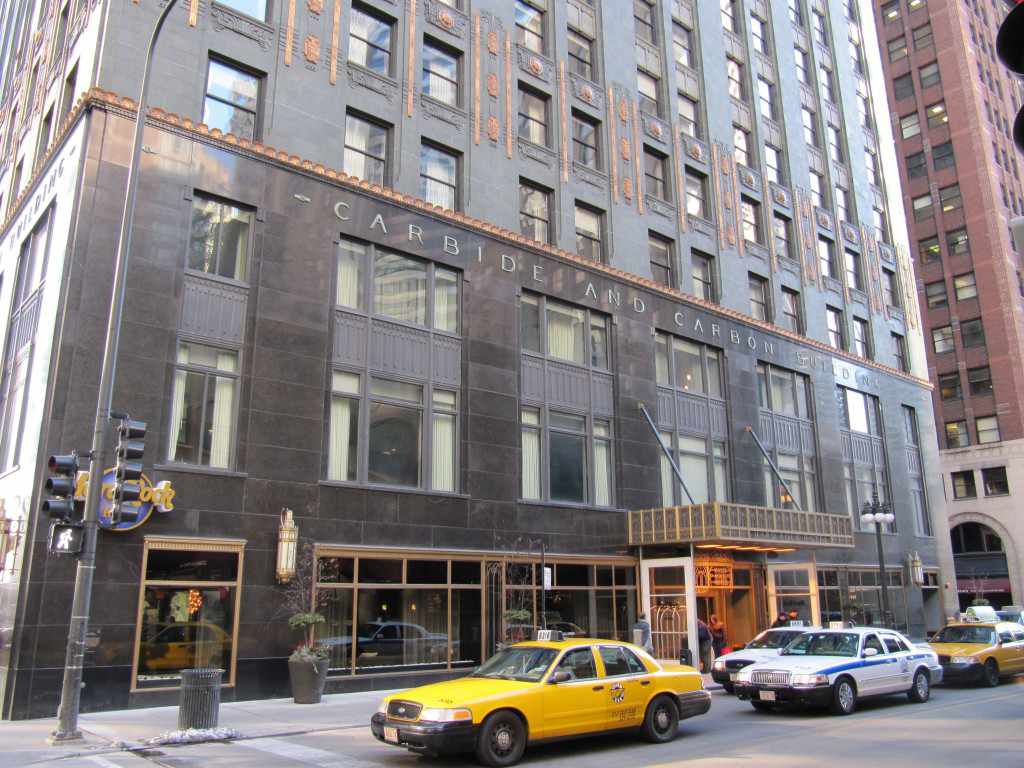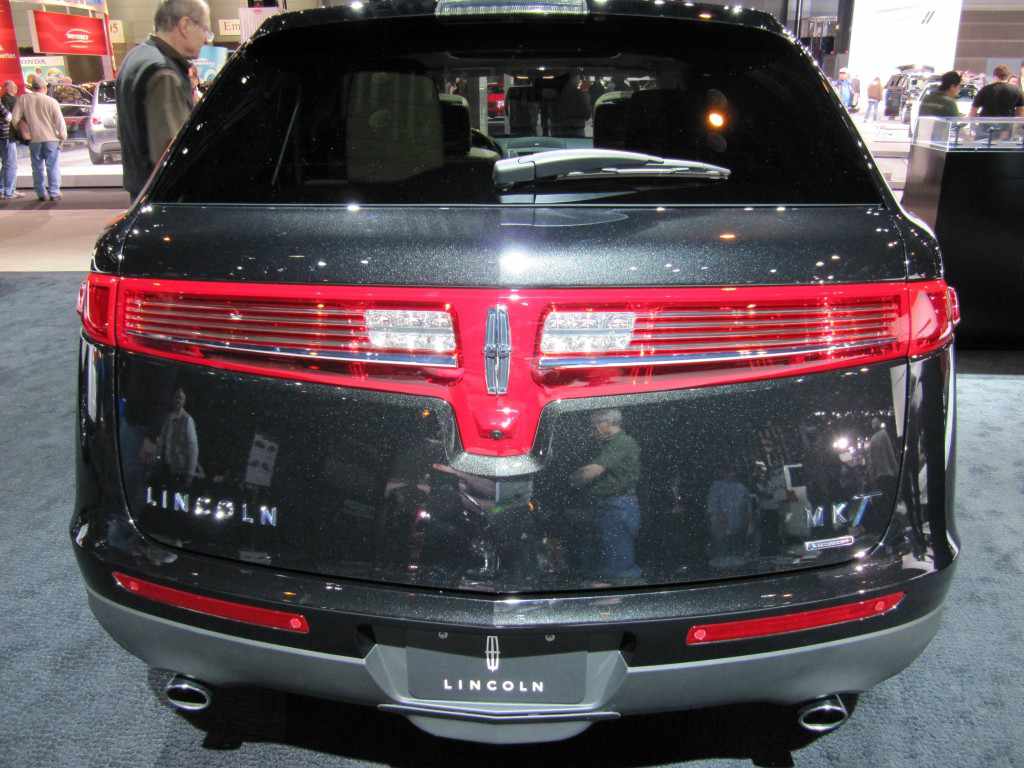
Cars are my passion, just as they are yours, but I also have more than a passing interest in architecture – a distinct product of growing up in the home of a successful architect. In fact, I was interested in the design of buildings before I was interested in the design of cars. This is clearly why my early interest in the automotive realm was purely visual aesthetics. Since those early days, I’ve come to appreciate the mechanicals, engineering, and motorsport aspects as well, but I haven’t lost my sense of the visual.
Architecture has long been the realm of expression for wealthy individuals, communities, and empires. Cities once competed with one another to design and build the most extravagant church or the largest town square, all so they could puff their chests with pride. Now, individuals can buy Rolls Royces and Aston Martins to exert the same effect. But long before there was the système Panhard, there was architecture. It was through architecture that peoples expressed themselves, albeit as a group and without the individuality that we now enjoy as owners of cars. We can still see remains of these bygone eras of large-scale expression in the Pantheon in Rome, the Great Wall of China, and the Pyramids at Giza.
Most recently, in the last century or so, cars have burst onto the design scene, thus providing a novel and more accessible form of self-expression. Cars and architecture now provide alternative and interacting routes of wordless communication; each lithely playing off the other to inspire thought, awe, and wonderment. The most recent period of significant architecture was the Art Deco period of the early 20th century. This period was characterized by lavish attention to detail, cutting-edge materials such as glass and stainless steel, and a distinctive sense of optimism – all of which was in direct contradiction to the bleak reality of the Great War that preceded. This optimism and the post-war pursuit of the American Dream spilled over into cars as well, although automotive design was, and still is, a few years the laggard of architecture. Still, with such Art Deco designs as the 1936-38 Bugatti Type 57SC Atlantic, the 1938-40 Cadillac Series 90 Sixteen (as in 16 cylinders!), the 1939-42 Nash Ambassador Eight, and the 1934-37 Chrysler/DeSoto Airflow cars made their enduring mark.
While in Chicago recently, surrounded by stunning architecture ranging from Frank Gehry’s Millenium Park outdoor theatre to Howells and Hood’s Tribune Tower, the one building that stood out like coal in a cloud was the Carbon and Carbide Building. Had I known that it currently housed the Hard Rock Cafe Hotel, I would have stayed there in a heartbeat. Oh well, there’s always a next time. Never have I seen such a building that incited lust so immediately. Its black and gold shone in the low February sun, making me wish that a Nissan 280ZX Black Gold would drive by for my camera to capture the coincidence.
Instead, it wasn’t until the next day that two seemingly unrelated puzzle pieces slotted together perfectly. The ying to the C&C Building’s yang was none other than the Lincoln MKT. Both designs were penned in the USA but the MKT differs in that it is built in Canada. I’ve never been much for Lincolns, and I can’t say that I’m particularly swayed by the waterfall grilles even now, but there was something about that moment. That moment where car and architecture made sense together. The MKT has Art Deco design cues to spare, but it isn’t evident in isolation, it needs a context. Unfortunately, there is no city in Canada that can provide the context that the MKT needs, which is probably why I’ve never been drawn to it before, but Chicago brought it all together and in doing so satiated the aesthete within me.
Like the Chrysler/DeSoto Airflow before it, the Lincoln MKT is rather misunderstood in its own time, smothered by competitors who are trendier, not better. Only in hindsight will the MKT leave that indelible mark. What a shame.
[Photo credit: author]

